Rank Species | Genus Cotoneaster Higher classification Cotoneaster | |
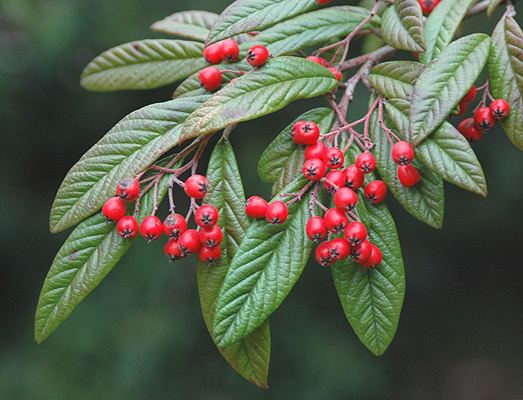 | ||
Similar Cotoneaster, Cotoneaster dammeri, Cotoneaster horizontalis, Cotoneaster franchetii, Cotoneaster × watereri | ||
Cotoneaster salicifolius willowleaf cotoneaster
Cotoneaster salicifolius, the Willow-leaved Cotoneaster, is a drought-tolerant, evergreen to semi-evergreen, low-lying, small to medium-sized shrub with an arched branching habit. Specimens growing in the wild, however, are generally larger, averaging five meters in height. Although native to the mountains, mixed forests, and open places in western China, it is commonly cultivated in temperate climates worldwide. Cultivars have been bred in a variety of forms, as ornamental groundcovers or shrubs.
Contents
- Cotoneaster salicifolius willowleaf cotoneaster
- Description
- Cultivation
- Pests
- List of cultivars
- References
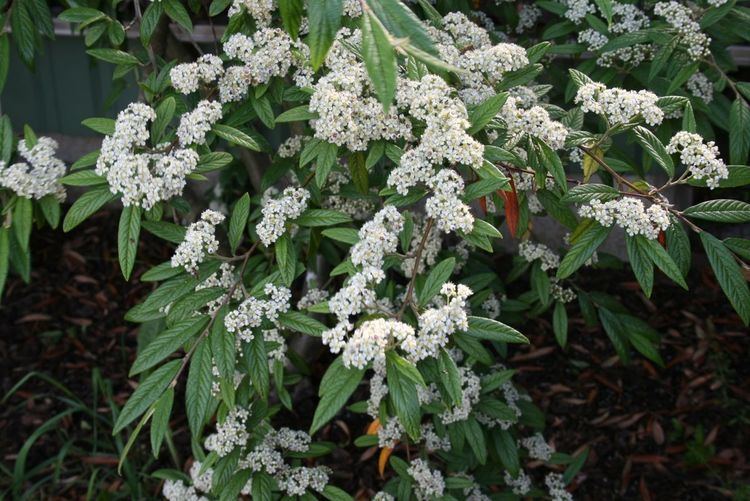
Description
The bark of the willow-leaved cotoneaster is gray-brown, its stems are thin, and its root system is sparse.
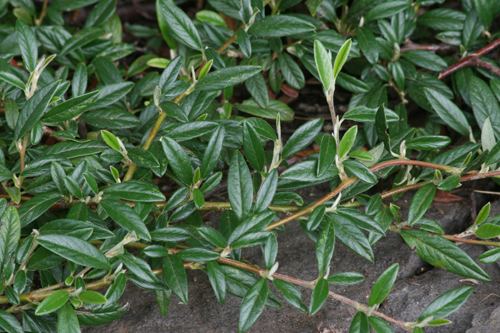
The leaves are alternate, simple, long, lanceolate, dark green and resemble those of willow trees (thus the common name), and have fine gray hairs on their undersides. The scientific name 'salicifolius', described by the botanist Franchet, means 'with leaves like willows' (see: Genus Salix). During the colder months, they turn maroonish in color.
In June it bears many flowered, compound corymbs of white, 5–6 mm flowers. The fruit grow as small, showy, apple-like, red pomes, ripening in September to October, and enduring into the winter.
The diploid chromosomal number is 34 (2n=34).
Cultivation
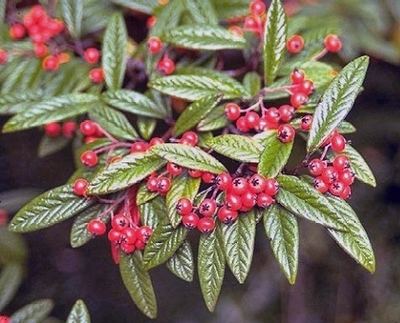
Depending on the characteristics of the cultivar, the Willow-leaved Cotoneaster can be used as a hedge or screen; a bank cover; in small groupings or large masses; or anywhere its colorful fall foliage or bright red fruit would direct the eye towards a focal point, or serve as a centerpiece in a garden setting.
Pests
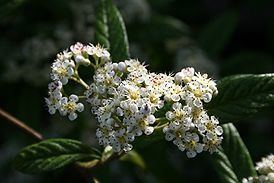
Cotoneaster salicifolius is susceptible to bouts with leaf spot, scale insects and spider mites. It is also considered highly susceptible to the Enterobacteria fire blight and has been used as a test species to trial new methods of control. In parts of Europe where fire blight was previously unknown, cultivated specimens of this species are among the first plants identified as infected.
List of cultivars
This plant has over 30 cultivars which range from tiny groundcovers to large shrubs:
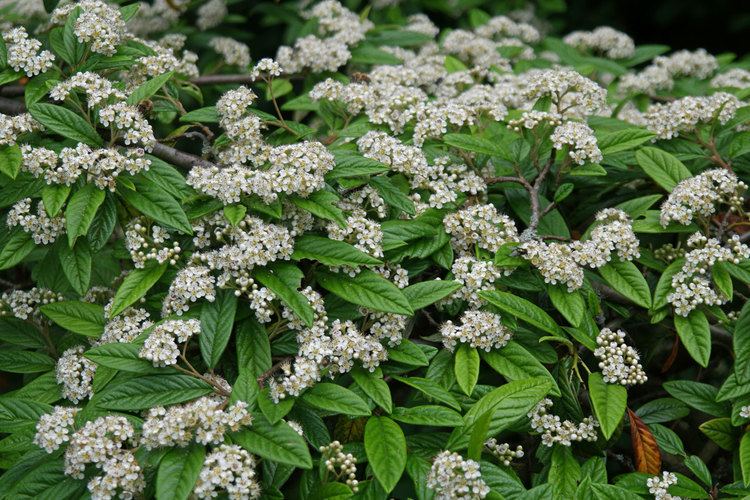
Additional list sources :
